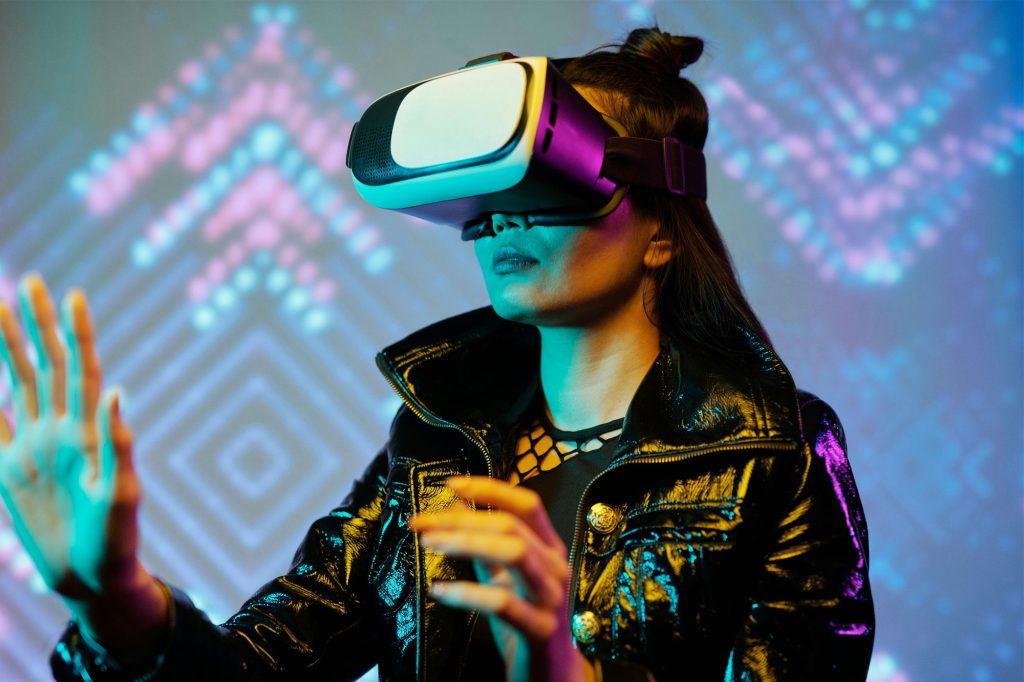Tech Talk: Mastering the Digital Era for Business Growth

We are no longer talking about the digital future. We are living in it. The digital era has arrived with speed, complexity, and opportunity, reshaping the way we work, lead, and grow. For businesses seeking to stay competitive, the question is no longer whether to embrace technology—but whether they are willing to lead with it.
Across every industry, technology is redefining what high performance looks like. AI, automation, data analytics, and cloud solutions are no longer confined to IT departments. They are strategic levers for leadership, growth, and agility. And at the centre of this transformation? HR. Because as much as this is about digital tools, it is even more about people.
Leading the Digital Shift in HR
For years, digital transformation was viewed as an IT initiative. Today, it’s a leadership mandate—and HR leaders are stepping up. The shift is profound. HR is not just adopting tools; it is reimagining how talent is attracted, developed, and retained in a world shaped by digital change.

A digitally enabled HR function now looks like this:
• AI-powered talent platforms that predict attrition, map skills, and accelerate recruitment
• Adaptive learning systems that personalise development for each employee
• Workforce analytics that surface insights in real-time and inform strategic decision-making
These are not hypothetical tools. They are in use today, and the organisations deploying them are already seeing the benefits: greater efficiency, sharper forecasting, and more resilient teams.
Salesforce, for example, has implemented Career Connect and Career Agent—AI tools that guide employees through internal mobility with remarkable uptake and impact. During the pilot, 74% of eligible employees engaged with the tools, and 90% of internal hires came through these platforms.
Decidr, uses agentic AI to reimagine recruitment strategy. In collaboration with CareerOne, it increased candidate match success by 800%, demonstrating how AI can dramatically enhance hiring accuracy and speed.
Intel has taken a national leadership role with its AI for Workforce program, offering over 700 hours of AI training to community colleges. This is a powerful example of HR strategy expanding beyond company walls to influence the broader ecosystem.
And last but not least, Samsara is transforming frontline work through real-time data and AI tools, making traditionally manual roles more autonomous, responsive, and empowering.

Hence, we can argue that data is no longer a back-office concern. It is the most strategic asset HR has.
Imagine knowing who your future leaders are before they raise their hands. Predicting team burnout before it derails a project. Or designing learning programmes that dynamically respond to both individual needs and business shifts. That is the promise of a data-enabled HR function.
Platforms like Visier, Qualtrics, and Workday provide the analytics muscle. But the competitive edge lies in how HR leaders use the data. It means shifting from dashboards to dialogue. From reports to recommendations. From looking backward to anticipating what is next.
Data is only valuable if it leads to insight—and insight is only powerful if it leads to action.
Reimagining the Employee Experience
Technology is not just changing how employees work—it is changing what they expect from work. And organisations that meet those expectations will attract and retain the best talent.
Think beyond engagement surveys and annual performance reviews. Today, a digitally empowered employee experience includes:
• Seamless onboarding journeys with virtual reality tours and interactive tasks
• Personalised learning pathways driven by AI, adapting in real-time to career goals and skills gaps
• Always-on feedback loops through digital tools that celebrate wins and surface concerns
• Digital wellness platforms offering support for mental health, movement, and rest
This is not indulgence. It is investment. Studies show that companies with strong employee experience platforms outperform competitors on productivity, innovation, and retention. The tech is ready. The question is: Are you?
The Road Ahead: HR as the Architect of Transformation
The digital transformation of HR is not about replacing people with machines. It is about equipping people with better tools, sharper insights, and more personalised support. It is about removing friction, unlocking capacity, and building cultures where technology enhances—not replaces—what humans do best.
To lead in the digital era, HR must:
• Embrace experimentation. Pilot new platforms. Learn quickly. Scale what works.
• Champion upskilling. Make digital fluency a core leadership competency.
• Bridge tech and culture. Ensure every digital change deepens, not dilutes, your organisational values.
This is not a sideline initiative. It is a strategic transformation. And HR is uniquely positioned to lead it.
The opportunity is now. The technology is here. And the organisations that act boldly will not just adapt—they will define the future of work.
More Insights

Tech Talk: Mastering the Digital Era for Business Growth
We are no longer talking about the digital future. We...
Read Full Insight...
Unlocking Potential: Empowering Employees Through Continuous Learning
Why Continuous Learning Is a Leadership Priority Imagine walking into...
Read Full Insight...
Flex your lead: Navigating Change with Resilient Leadership
After having the blessing of existing for decades as a...
Read Full Insight...More Insights

Tech Talk: Mastering the Digital Era for Business Growth
We are no longer talking about the digital future. We...
Read Full Insight...
Unlocking Potential: Empowering Employees Through Continuous Learning
Why Continuous Learning Is a Leadership Priority Imagine walking into...
Read Full Insight...
Flex your lead: Navigating Change with Resilient Leadership
After having the blessing of existing for decades as a...
Read Full Insight...